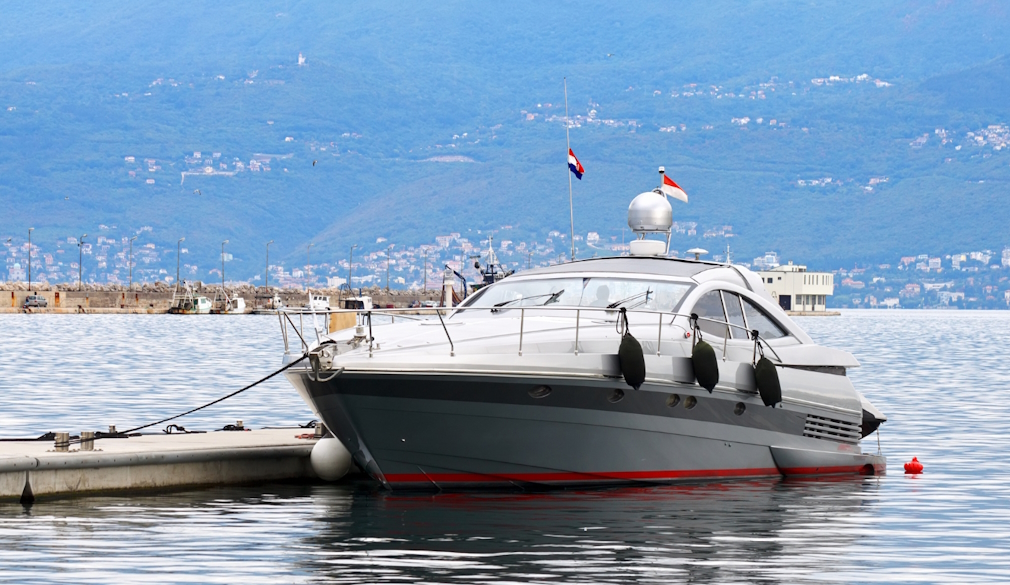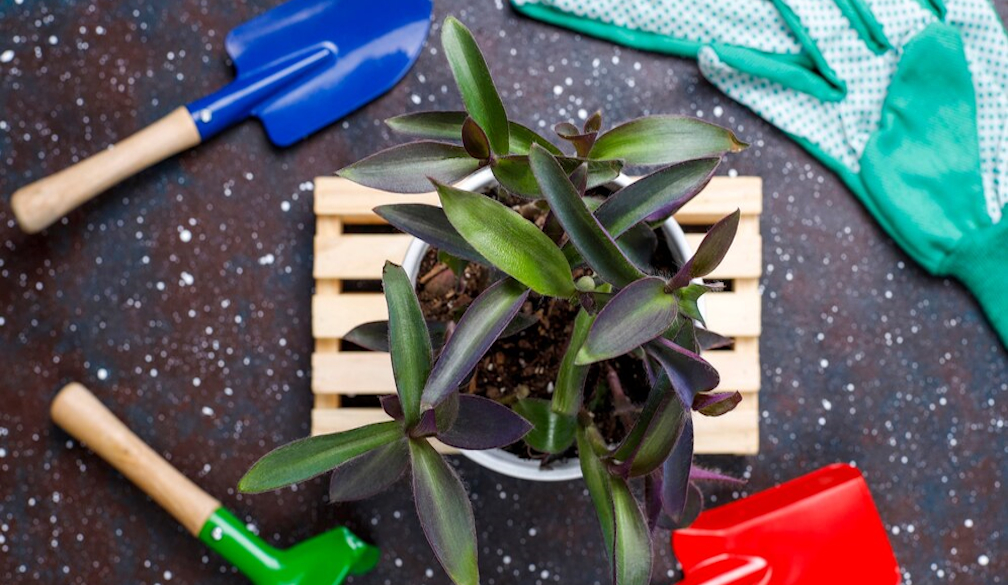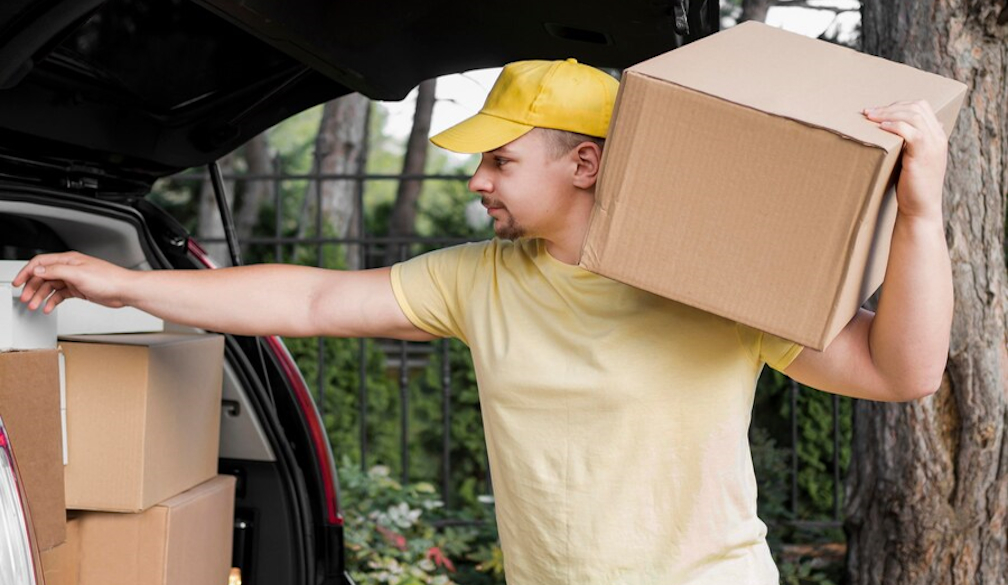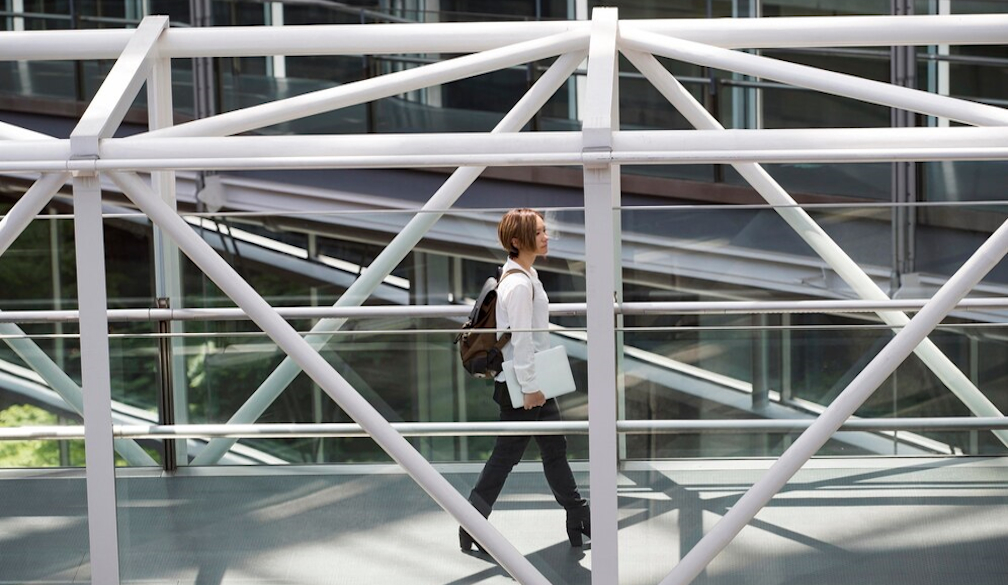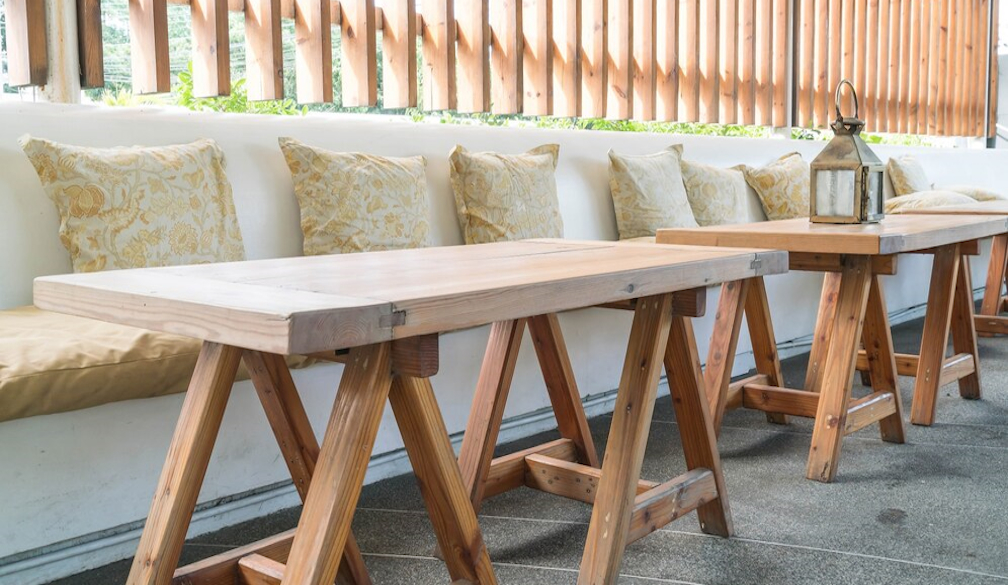How to Properly Use Bubble Wrap for Packaging
- Written by The Weekend Bulletin
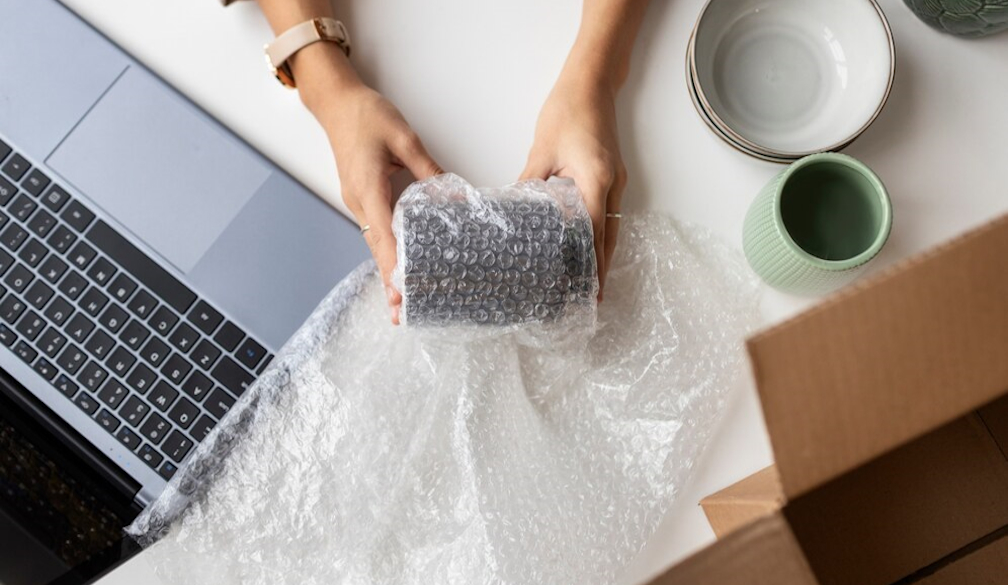
Packaging is a critical aspect of shipping products, and ensuring items arrive safely at their destination is paramount for businesses and individuals alike. One of the most effective and widely used materials for protecting goods during transit is bubble wrap. This guide will explore how to properly use bubble wrap for packaging, ensuring your items are secure and protected.
1. Understanding Bubble Wrap
What is Bubble Wrap?
Bubble wrap is a pliable transparent plastic material commonly used for cushioning fragile items. It consists of regularly spaced, air-filled hemispheres (bubbles) that provide cushioning and shock absorption.
Types of Bubble Wrap:
- Standard Bubble Wrap: Commonly used for general packaging.
- Anti-Static Bubble Wrap: Used for electronic items to prevent static discharge.
- Environmentally Friendly Bubble Wrap: Made from recycled materials or biodegradable options.
2. Choosing the Right Bubble Wrap
Bubble Size: Bubble wrap comes in various bubble sizes, typically ranging from 1/8 inch (small) to 1/2 inch (large). Smaller bubbles are ideal for delicate items, while larger bubbles are better for cushioning larger, heavier items.
Material Thickness: Thicker bubble wrap offers better protection but may cost more. Choose the thickness based on the fragility and weight of your items.
3. Preparing for Packaging
Assessing the Item: Before you start, evaluate the item to determine how much bubble wrap is needed. Fragile and irregularly shaped items may require more cushioning.
Gathering Materials: Ensure you have all necessary materials:
- Bubble wrap
- Scissors or a box cutter
- Packing tape
- A suitable box
4. Step-by-Step Guide to Using Bubble Wrap
Wrapping Individual Items:
- Cut the Bubble Wrap: Measure and cut a piece of bubble wrap large enough to cover the item entirely.
- Wrap the Item: Place the item on the bubble wrap, with the bubble side facing inwards for maximum protection. Wrap the item completely, ensuring all sides are covered.
- Secure with Tape: Use packing tape to secure the bubble wrap, preventing it from unwrapping.
Wrapping Multiple Items:
- Wrap Items Individually: Each item should be wrapped separately to prevent them from colliding and causing damage.
- Layer in the Box: Place heavier items at the bottom and lighter ones on top, with additional layers of bubble wrap in between.
Wrapping Oddly Shaped Items:
- Wrap Protrusions First: Start by wrapping any protruding parts to ensure they are well protected.
- Encase the Entire Item: Once the protrusions are secure, wrap the entire item in bubble wrap, ensuring a snug fit.
5. Sealing and Securing Wrapped Items
Types of Tape:
- Packing Tape: Strong and reliable, ideal for securing bubble wrap.
- Masking Tape: Useful for temporary holds but not as strong as packing tape.
Sealing Techniques:
- Fold Edges: Fold the edges of the bubble wrap neatly and secure them with tape.
- Use Sufficient Tape: Ensure all seams are securely taped to prevent the bubble wrap from coming loose during transit.
6. Placing Wrapped Items in Boxes
Choosing the Right Box: Select a box that is slightly larger than the wrapped item to allow for additional padding but not so large that the item can move around freely.
Arranging Items:
- Line the Box: Place a layer of bubble wrap or other padding at the bottom of the box.
- Place the Wrapped Item: Carefully place the wrapped item in the center of the box.
- Fill Empty Spaces: Use packing peanuts, crumpled paper, or additional bubble wrap to fill any gaps, ensuring the item does not shift.
7. Special Considerations for Fragile Items
Double-Wrapping: For highly fragile items, consider double-wrapping them with two layers of bubble wrap for extra protection.
Handling Glass and Ceramics: Wrap each piece individually, ensuring all handles and delicate parts are well cushioned. Use plenty of padding inside the box.
Packaging Electronics: Use anti-static bubble wrap for electronics to prevent static discharge. Ensure all components are securely wrapped and cushioned.
8. Environmental Considerations
Eco-Friendly Options: Opt for bubble wrap made from recycled materials or biodegradable options to reduce environmental impact.
Reusing Bubble Wrap: Encourage customers to reuse bubble wrap where possible. This not only saves money but also helps the environment.
Proper Disposal: If bubble wrap must be discarded, ensure it is disposed of properly according to local recycling guidelines.
Conclusion
Bubble wrap is an invaluable tool for protecting items during shipping. By understanding how to properly use it, you can ensure your products reach their destination safely and securely. Whether you are shipping delicate glassware, electronics, or other fragile items, following these guidelines will help you maximise the effectiveness of bubble wrap, providing peace of mind and enhancing customer satisfaction.

